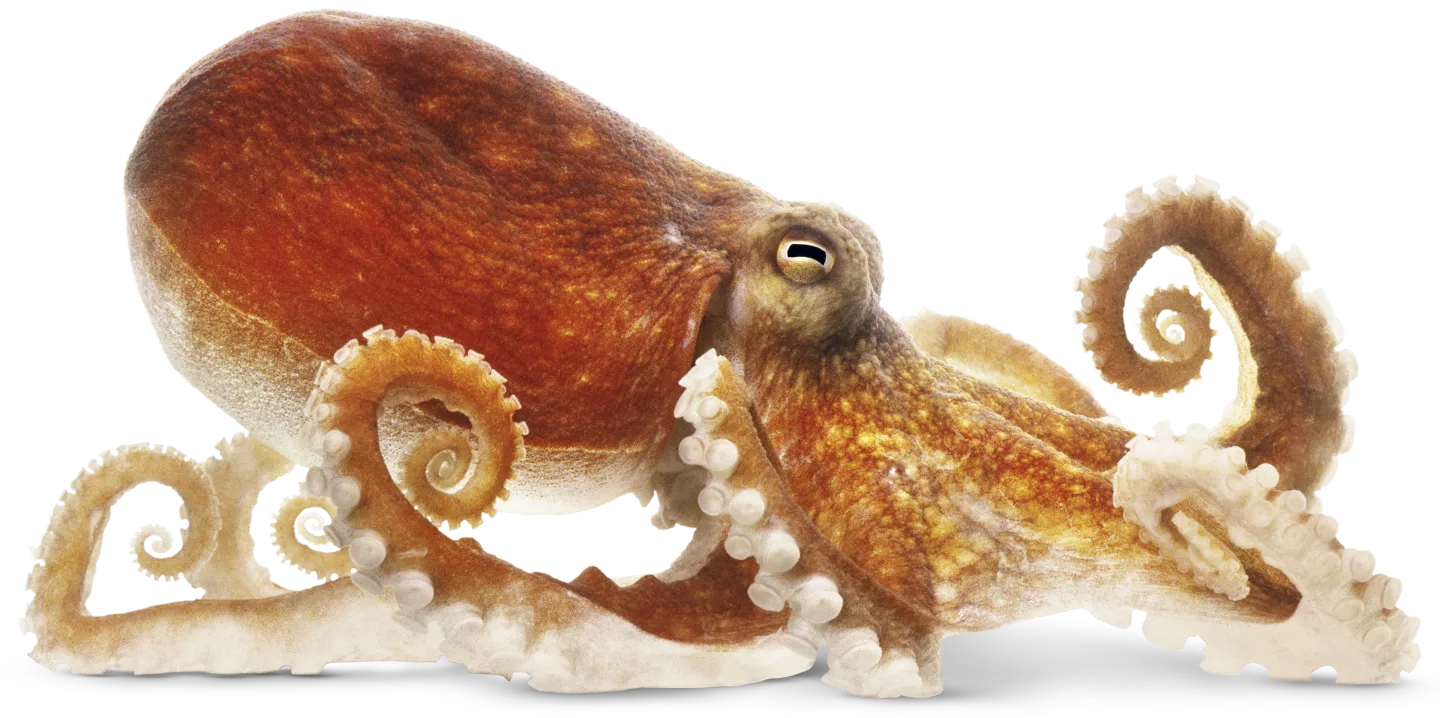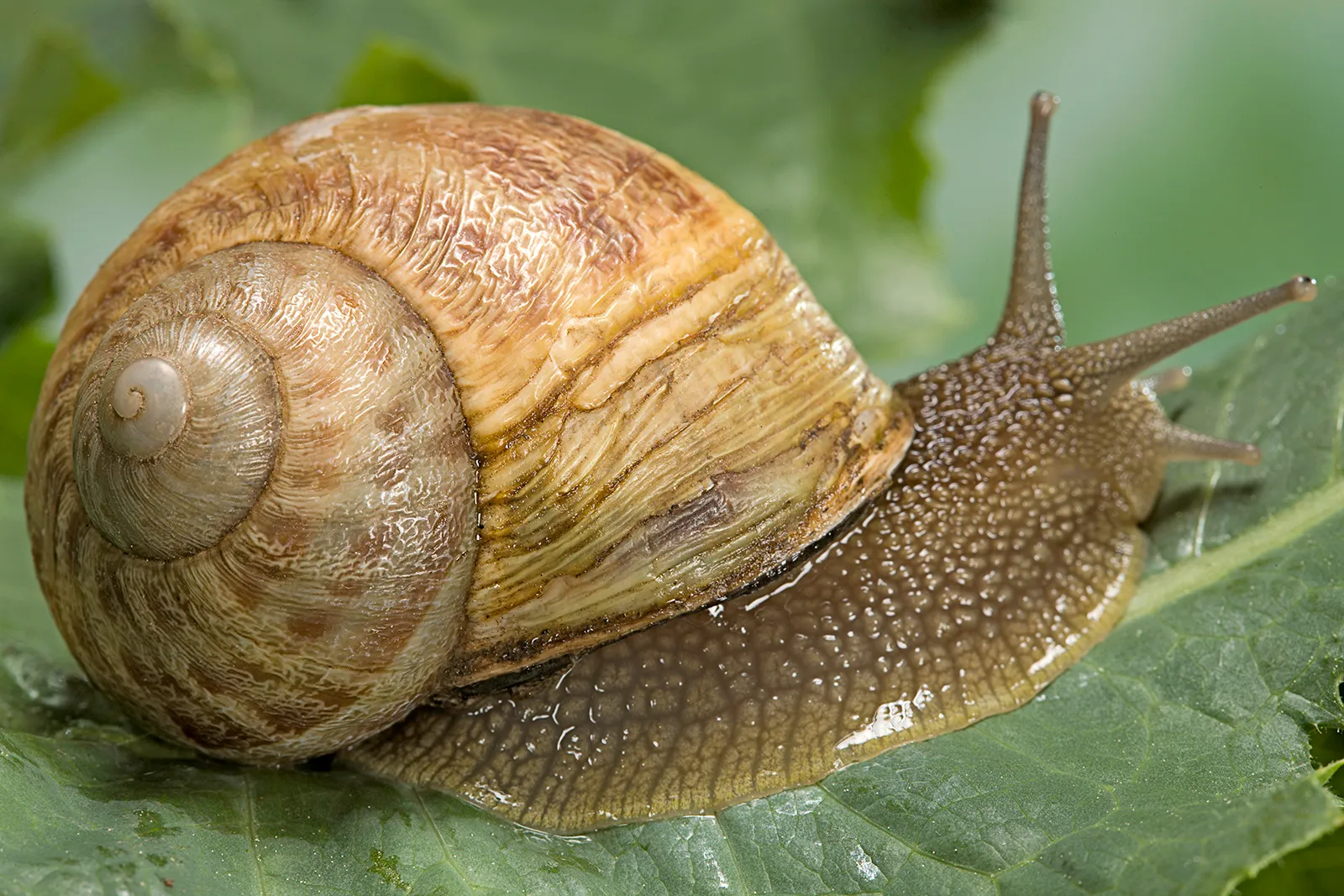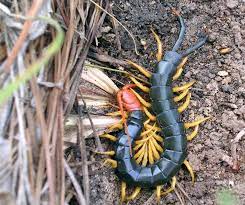Unit 5 Part 3: Phylum Mollusca, Phylum Annelida, Phylum Arthropoda, Phylum Echinodermata
Taxonomy Chart (Relations):
| Kingdom Animalia: | ||||
|---|---|---|---|---|
| Phylum | Phylum Mollusca | Phylum Annelida | Phylum Arthropods | Phylum Echinodermata |
| Class: | Bivalvia, Gastropoda, Cephalopoda | Oligiocheata, Polychaeta, Hirudinea | this is the really big one | has five classes (you have to know what species is a part of which class) |
| Subphyla |
Phylum Mollusca Characteristics:
Soft body with internal or external shell
Trochophore larva
Bilaterally symmetrical
Two part body: head-foot and visceral mass
Mantle that secretes a shell that covers the mantle


==Class Gastropoda:==
- snails, slugs, limpets, nudibranchs
- shell less species
- single shelled
- they move by wavelike contractions of muscular foot
- Radula: the scraping structure they use to scoop food near their mouths
- The digestive gland in visceral mass releases enzymes and acid
- They have an open circulatory system, they have a siphon tube that helps the gas exchange, they have hemolymph functioning as their blood, and a hemocoel in which to store it
- They have six ganglia, eyes at the base on stalks that have photoreceptors, they also have statocysts on foot with chemoreceptors
- They are:
- Marine: dioecious
- lay eggs
- Trochophore larva

Class Bivalvia: clams, scallops, oysters
Class Cephalopoda: ==(these are the advanced group of the mollusks)==
- octopi, squids, cuttlefish, and nautilus
- soft bodied, head is attached to foot
- foot is divided into tentacles with sucking tentacles
- small intestinal shells
- they have a modified shell called a: pen
- most complex of the mollusks
Phylum Annelida Characteristics:
15,000 species
Bilaterally symmetrical
Segmented
They have a true coelom
Setae (external bristles)
Parapodia (fleshy protrusions)
==Class Oligochaeta: (the most complex)==
- they live in soil, the most common is earthworms
- They have 100 segments, move through contractions of muscles that line interior of the body as the setae grip the ground
- They have five pairs of muscular tubes, their cellular waste is eliminated by nephridia, they have a chain of ganglia connected by a ventral cord
- They are monoecious, but they can not fertilize their own eggs, their bodies are held together by setae and clitellum
Class Polychaeta:
- they have many bristles on their body
- setae project out from their parapodia
- they have antennae and they are specialized mouthparts
- they have trochophore stage which shows relationship to mollusks
Class Hirudinea:
- smallest class
- no setae or parapodia
- has a sucker
- parasitic leeches
Phylum Arthropoda Characteristics:
- meaning “jointed foot”
- Segmented
- Have jointed/modified appendages
- Protective exoskeleton that is made of chitin
- High degree of cephalization
- Compound eyes: these are eyes that have multiple lenses. These compound eyes help the scope of vision increase and the sensitivity to light increase, but they lose clarity that simple eyes can provide.
5 subphyla: trilobita, crustacea, chelicerates, myriapoda, hexapoda
- Subphylum Chelicerata:
- chelicerates (spiders, centipedes)
- they lack any antennae
- they typically have six pairs of appendages
- first pair are always modified chelicerae: modified into pincers or fangers
- ^^Class Arachnida:^^
- spiders, scorpions, mites, and ticks
- they have a cephalothorax with six jointed appendages
- one pair of chelicarae (fangs)
- another pair of pedipalps
- 4 pairs of walking legs
- ==Order Scorpionda:==
- they have pincher pedipalps versus fangs
- have large stigma on the last segment
- ==Order Acarina (Mites and Ticks):==
- most abundant and specialized
- they have a completely fused cephalothorax
- free living or parasitic
- Order Opiliones
- Harvestmen and Daddy Longlegs
- Subphylum Myriapoda:

- Terrestrial, lack a waxy endoskeleton, and they have one pair of unbranched antennae
- ^^Class Diplopoda: milipedes^^
- 2 pairs of legs on each segment except last two, short antennae, simple eyes
- ^^Class Chilopoda: centipedes^^
- more flattened, longer legs, one pair of jointed legs per segment, two clusters of simple eyes, predators
- Subphylum Crustacea:
- two pair of antennae, mandibles, and naupilus
- ^^Order^^ ^^Isopoda^^:
- terrestial crustaceans, live in moist environments, roly polys, eat decaying vegatation
- ^^Order Decapoda:^^
- crawfish, marine crustaceans, freshwater
- Subphylum Hexapoda:
- ^^Class Insecta:^^
- They are successful because they can fly, they have a light but sturdy exoskeleton, and they are small
- Grasshopper is the diagram here
Phylum Echinodermata Characteristics:
- Radial symmetry as adults
- They have no cephalization since they have no brain
- They have bilateral symmetry when they are larvae (they evolved from bilateral ancestors over 500 million years ago)
- Deuterostomes
- Characteristics not seen in any other phylum:
- Pentaradial symmetry: extended from center into 5 spokes
- Ossicles: endoskeleton of calcium carbonate plates that creates a “spiny skin”
- Water Vascular System: network of water filled canals in the body
Tube feet: small, moveable extensions of the vascular system
- ^^Class Crinoidea:^^
- most ancient and lily like
- ^^Class Ophiuroidea:^^
- brittle stars, long narrow arms
- ^^Class Echinoidea:^^
- sea urchins and sand dollars
- ^^Class Holothuroidea:^^
- sea cucumbers
- ^^Class Asteroidea:^^
- sea stars